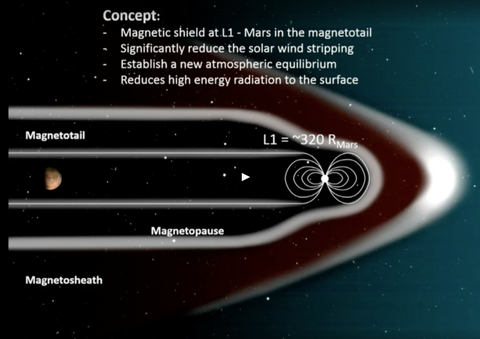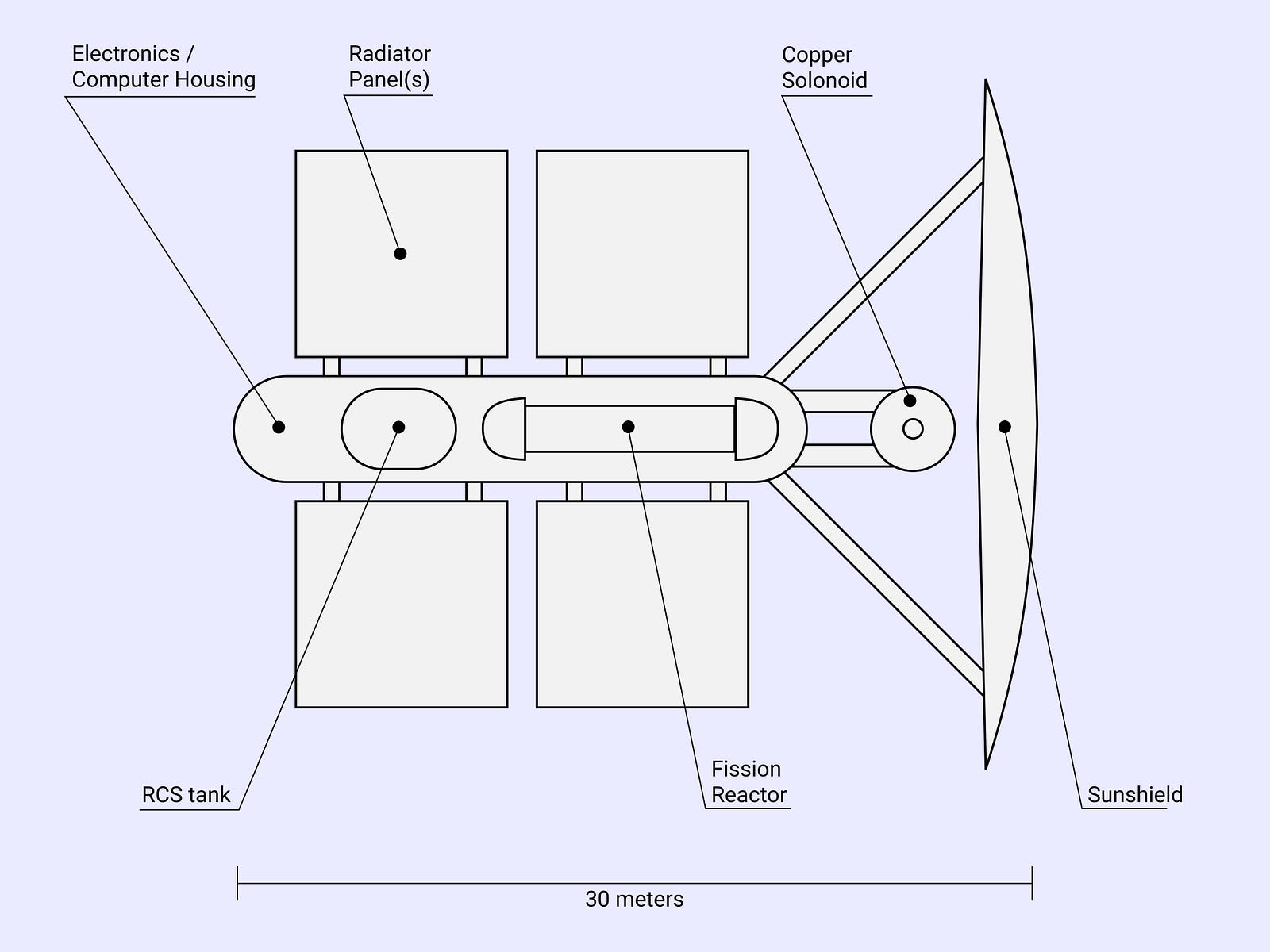Rising development and urbanization automatically decreases population growth rate. Population is expected to grow to 9 billion by 2050 and 11 billion at 2100. There it will stabilize or start to fall slowly. Already all the developed countries (except US) has fertility rates less than 2, and soon China, India and Latin America will join them. Beyond 2050, only Africa will have a fertility rate of over 2, but that will also decrease. below 2 by 2100.Trying to remember here ... I think when Clinton was President, he attended a G-5 (?) Summit in Rio, and though not much was said about it, it seems that they felt that the maximum population for Earth should be around 3.5 Billion people.
Well, we are twice that now ... Hmmm
Another source that I read tonight puts that figure around 19 Billion.
I feel it should be the lower figure, but how?
World population projected to reach 9.8 billion in 2050, and 11.2 billion in 2100 – says UN - United Nations Sustainable Development
Is it sustainable? That is a difficult thing to say. For example Japan and South Korea has a very high population density and very high development and quite clean environment. So its theoretically possible to create ultra dense well-developed urbanized zones like in Japan or Singapore throughout the world and leave the rest to wildernesses that help maintain this planet's ecological balance. US style suburban sprawl on the other hand will be disastrous.
The 2070 world will consist of mostly old people with much less young people. So automation has to come in massively to maintain our economies. There is a host of other issues of course.
Can the Planet Support 11 Billion People?


